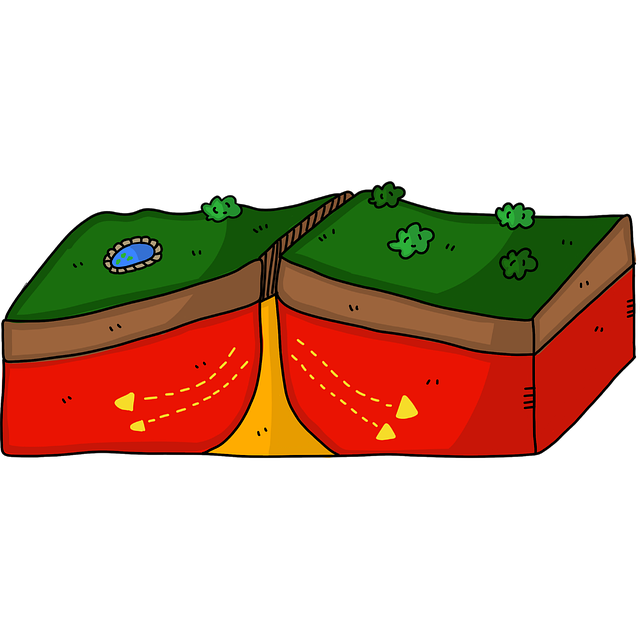Earthquakes are all over the news lately. Especially today. Why? New York and New Jersey was just rattled by a 4.2. An earthquake with a preliminary magnitude of 6.0 jolted northeastern Japan on Thursday. A popular tourist spot East Java, Indonesia had a 4.9 on Apr 3. It feels like there’s a tremor every other day! But is that really the case?
On one hand, social media plays a huge role. One earthquake can go viral in a flash, with everyone sharing their shaky videos and “wowza” moments. News feeds get flooded, and it feels like the ground is constantly moving. News outlets love to jump on trending topics, so the more people share, the more we see earthquake reports.
That earthquake on the East Coast definitely shook things up – literally and figuratively! Social media went wild, with people sharing their experiences of buildings swaying and dishes rattling. It’s interesting how these events can bring a strange sense of satisfaction, especially for those who’ve recently moved from earthquake-prone areas like California.
Here’s the thing: earthquakes are a natural phenomenon, and while a 4.8 tremor might feel exciting on social media, it’s a good reminder that these events can cause damage and disruption. California gets a bad rap for earthquakes, but the reality is that fault lines run everywhere, even under seemingly stable areas like the East Coast.

Those who moved from California might be tweeting “told ya so” now, but earthquakes aren’t something you can truly escape. The reality is earthquakes happen all the time. The Earth’s tectonic plates are basically a giant game of tectonic shuffleboard, constantly shifting and bumping. This natural process always causes earthquakes. The number of quakes might go up and down a bit from year to year, but that’s normal. To know for sure if there’s a big increase, we need real data, not just news headlines.
The best approach is to be prepared – have an earthquake plan, build an emergency kit, and know how to stay safe during a tremor. No matter where you live, a little preparedness goes a long way. That’s where resources like the USGS earthquake tracker come in. These guys track earthquakes around the world, giving us the real info on magnitude, location, and even historical trends. So, by combining what we see in the news with data from trusted sources, we get a clearer picture of what’s really going on underground.
